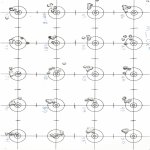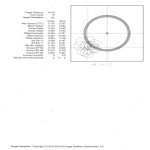A tuner does indeed alter the barrel. It does nothing to the ammo itself. When the tuner is adjusted to the optimal setting, it should work all with good lots of ammo because of what it does to the barrel, completely independently of the ammo itself.
.
VERY great info here. I do think there is some correlation to the ammunition. I think the pressure created in the barrel as the bullet goes down and powder burns help to create the barrel whip. This would show a slight tuner setting difference with ammo type, which is usually different speed and most definitely seats differently in the chamber. I think the chamber cut and barrel cut will also play with the barrel whip, because that is influenced by the bullet again as it exits and the pressure created in the barrel.
I have no way of proving this, but this is what I have seen when going from sk long range match, to center X, to midas +. They each have a "best" tuner setting. While still shooting relatively okay on each different setting, they still have a best at a different point.
I have seen this on my 6.5 CM as well. Same bullet, same everything but powder and the barrel whip is different. Granted I have more control here, as I can tune the load, before I even touch the tuner setting, but to me is shows that the pressure created with the different powders also plays a part. I am currently finishing a batch of 130 gr vld, and am prepping my next load for 139 gr scenars. I have the 130 vld set at 'bullseye" at 100m. The 139's with RL16 impacted roughly 2" lower on target at 100M than setting at zero, and the same 139's with N555 are impacting 2" higher than zero and bit left. Showing me I have a different whip on that barrel.












































































